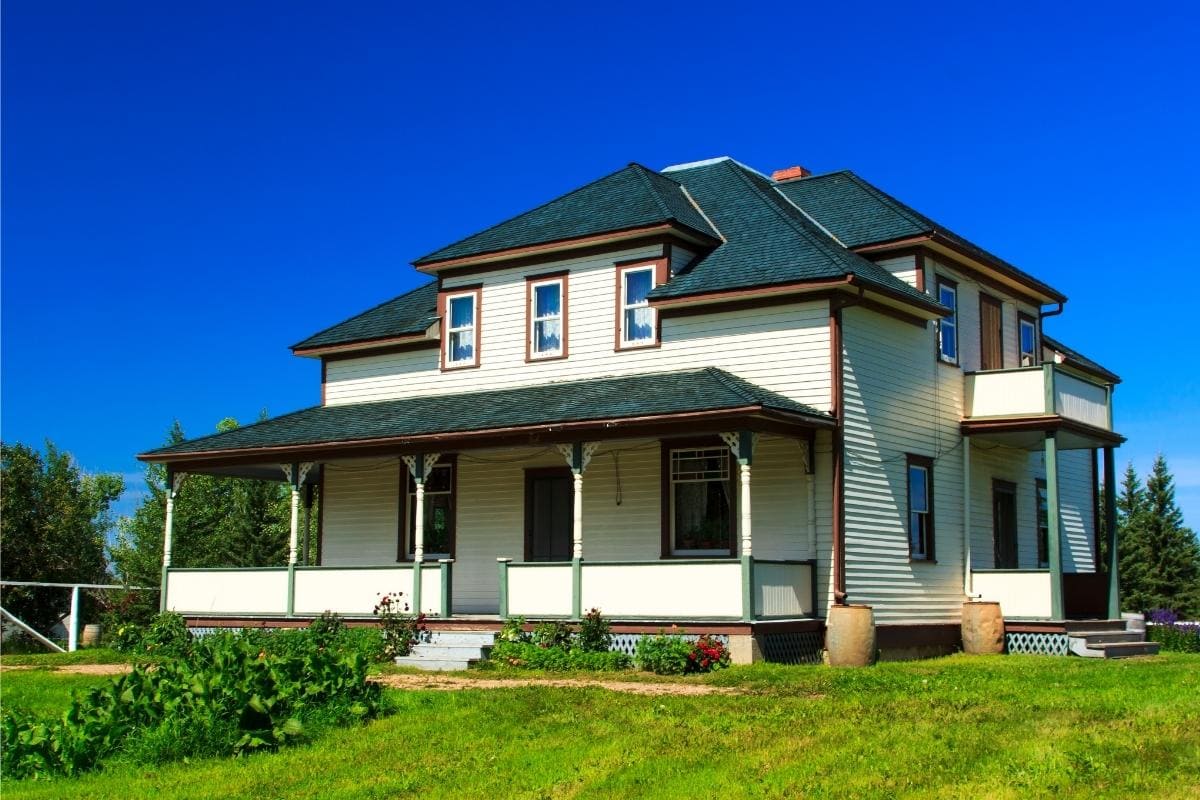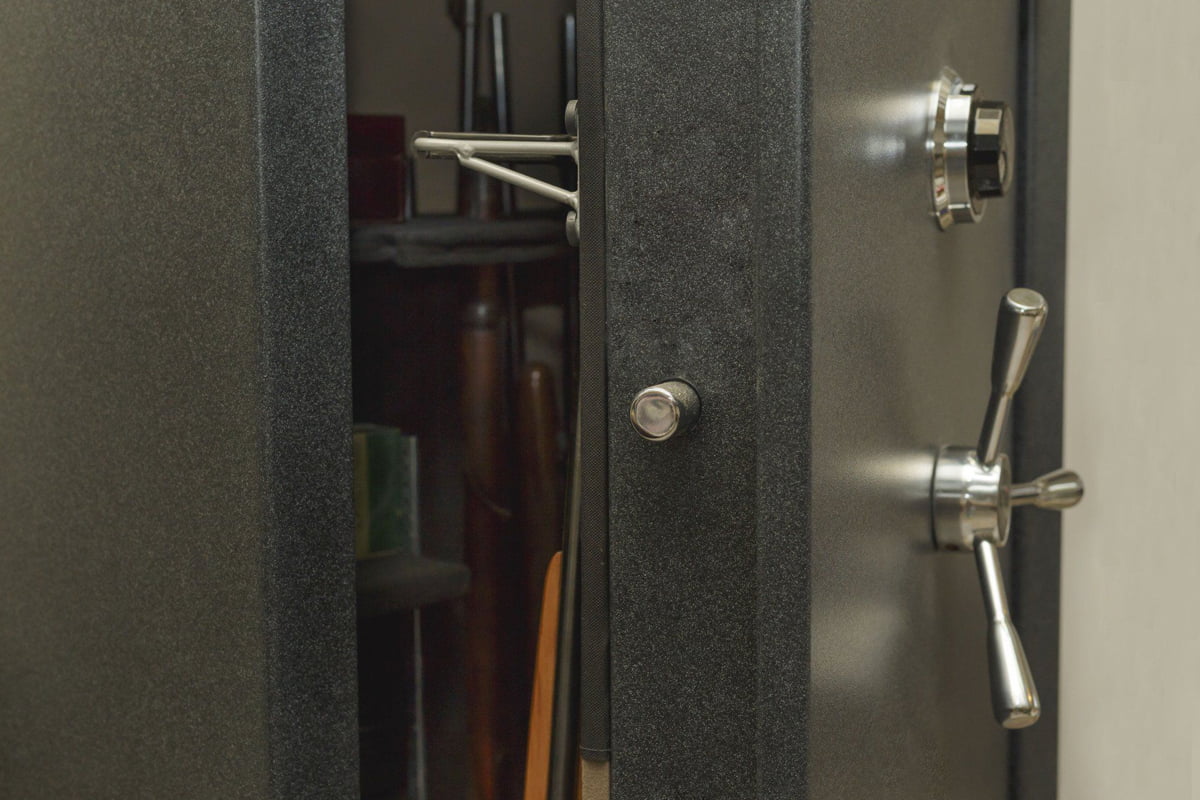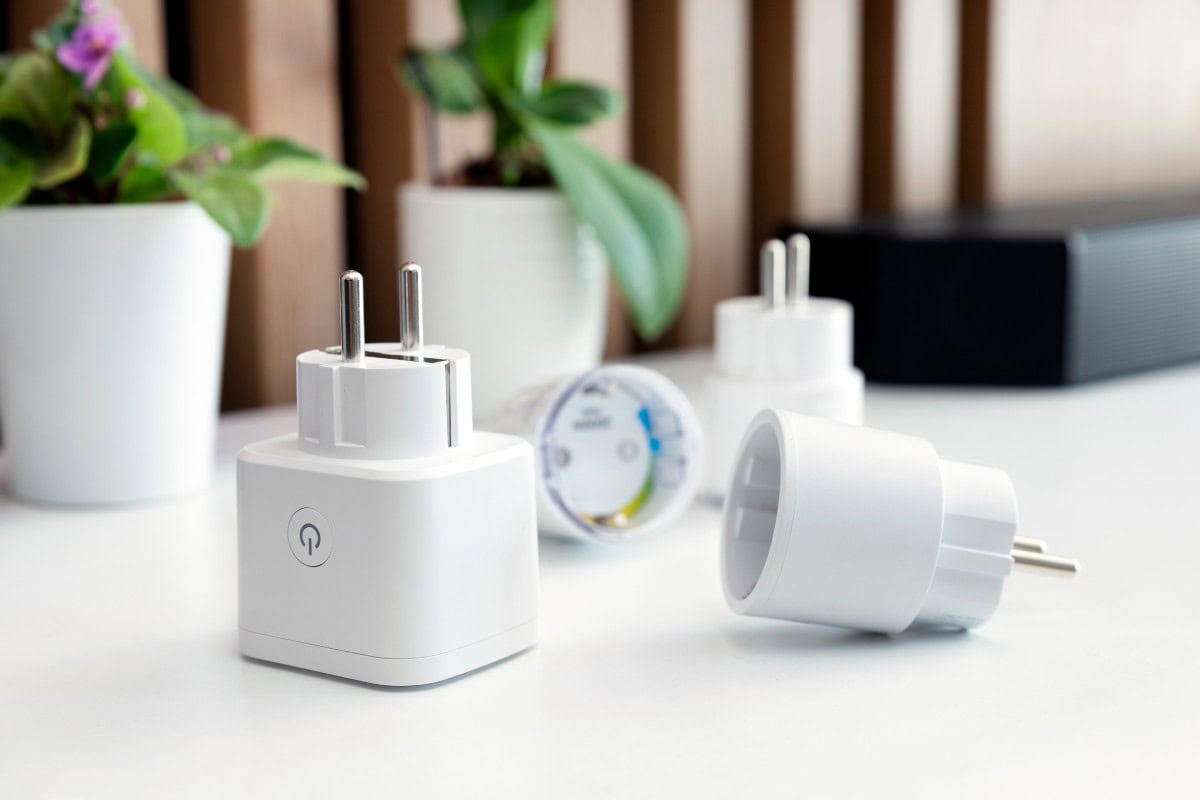If you decide to purchase an older home, whether to save money or because the historic significance is important to you, there are a few situations you may encounter for which you should be prepared.
Asbestos
Don’t be afraid of ghosts in the attic or dead bodies in the cellar. The scariest part of your old home may be in the walls or on the ceiling. Asbestos was a popular product that was used extensively in home construction prior to the 1970s when this stopped due to the discovery that it causes cancer.
Mesothelioma is scary cancer that affects the membranes of your lungs and abdominal area, and Canada has one of the highest rates of mesothelioma cases in the world. Asbestos is the leading cause of mesothelioma. It’s also the only proven cause of devastating cancer.
When you start working on your new home, don’t attempt to remove asbestos on your own. Most Canadian governments require a skilled professional for asbestos removal because of the high possibility of contamination without proper training.
Lead Paint
Another scary item found in most older homes is lead. The problem with lead is that it may be anywhere and everywhere in an old home. If your home was built before 1978, it most likely has some lead in the paint or plumbing fixtures.
Lead poisoning is more subtle than other diseases, like cancer. You may have lead poisoning for years, or even your entire life, without ever knowing it. However, it will still cause problems. Lead may damage the nervous system or stomach, and the substance may lead to behavioral problems in children. Adults may also suffer from kidney damage or high blood pressure.
So how can you avoid lead poisoning in an older home? For one, don’t disrupt the paint already on the walls. Also, because lead is found in dust settling around your home, you should vacuum well and often and ask visitors to remove their shoes at the door. You are ten times less likely to contract lead poisoning if you keep the dust in your home to a minimum.
Outdated Electrical or Plumbing Systems
Another expensive problem old home buyers often encounter is an outdated electrical system or improper pipe installation. Newer homes will usually meet code requirements, as required by law, but older homes often have original wiring and pipes.
It can take a large chunk of cash (around $100-$200 per outlet), to completely rewire a home, so keep that in mind before you decide to purchase. Plumbing is generally a little less expensive, coming in at around $75 per hour, plus the cost of fixtures and materials.
You’ll likely encounter at least one of these problems with your new home, but don’t let that stop you from signing a contract. If you truly love the home, you can save or borrow money for repairs. With a little patience and maybe some skill, your older home will be just as livable as a new one, with all the character from its age thrown in to boot.









